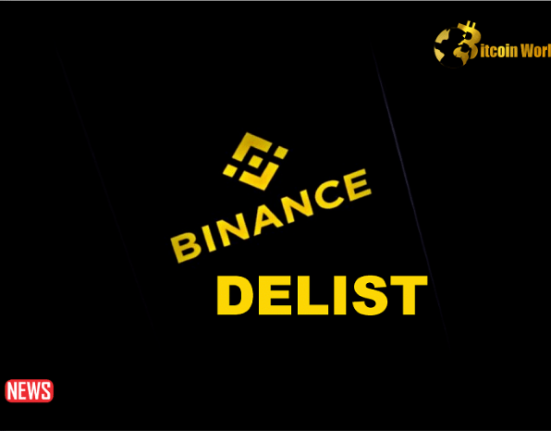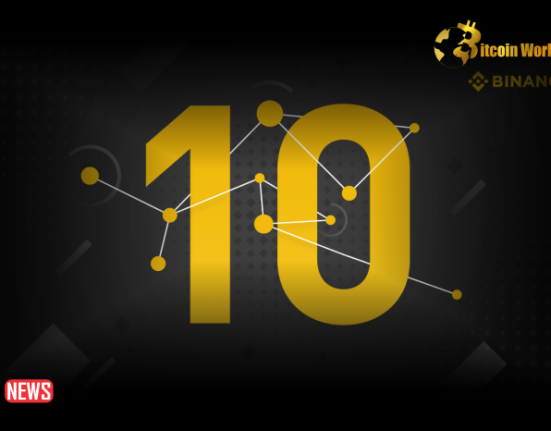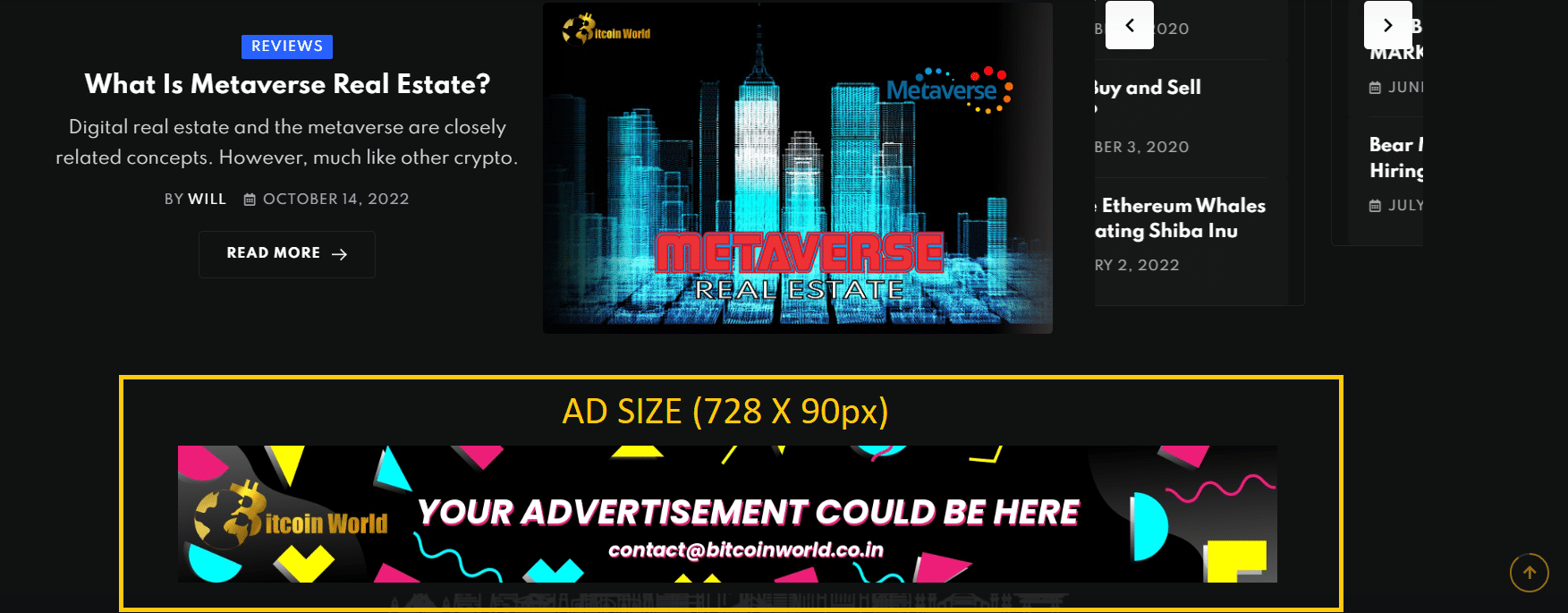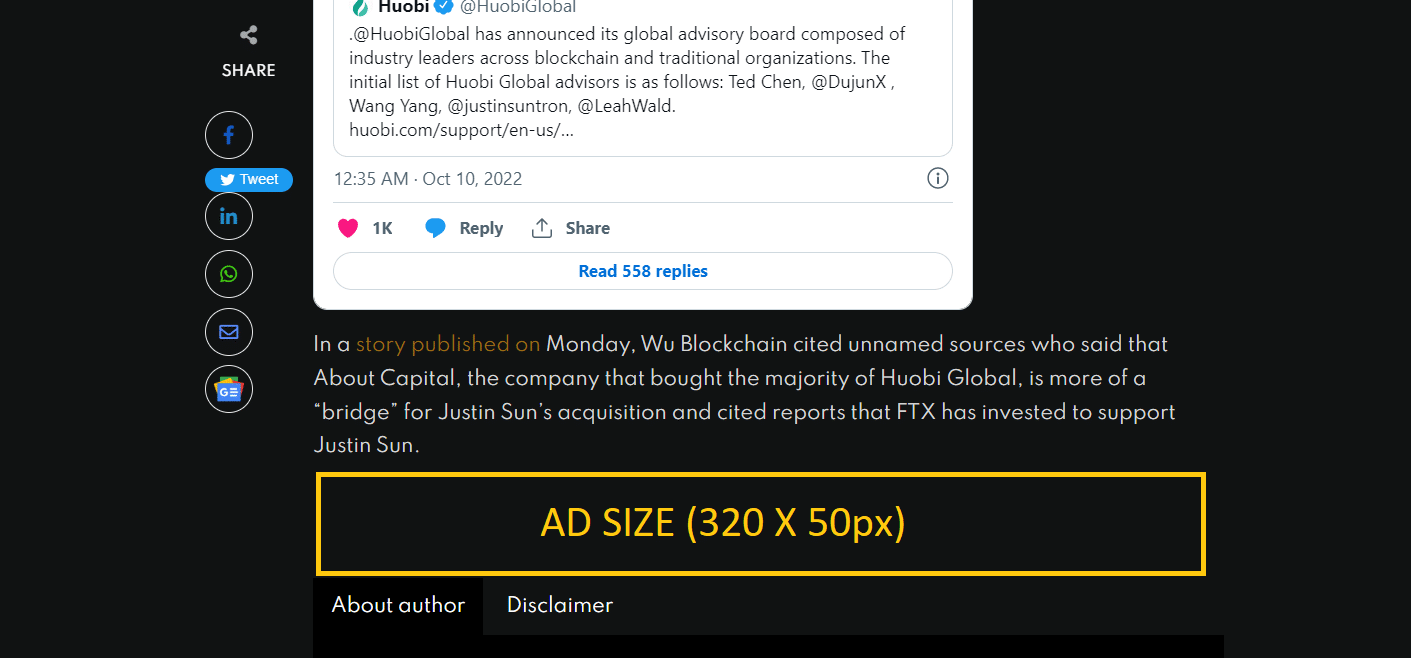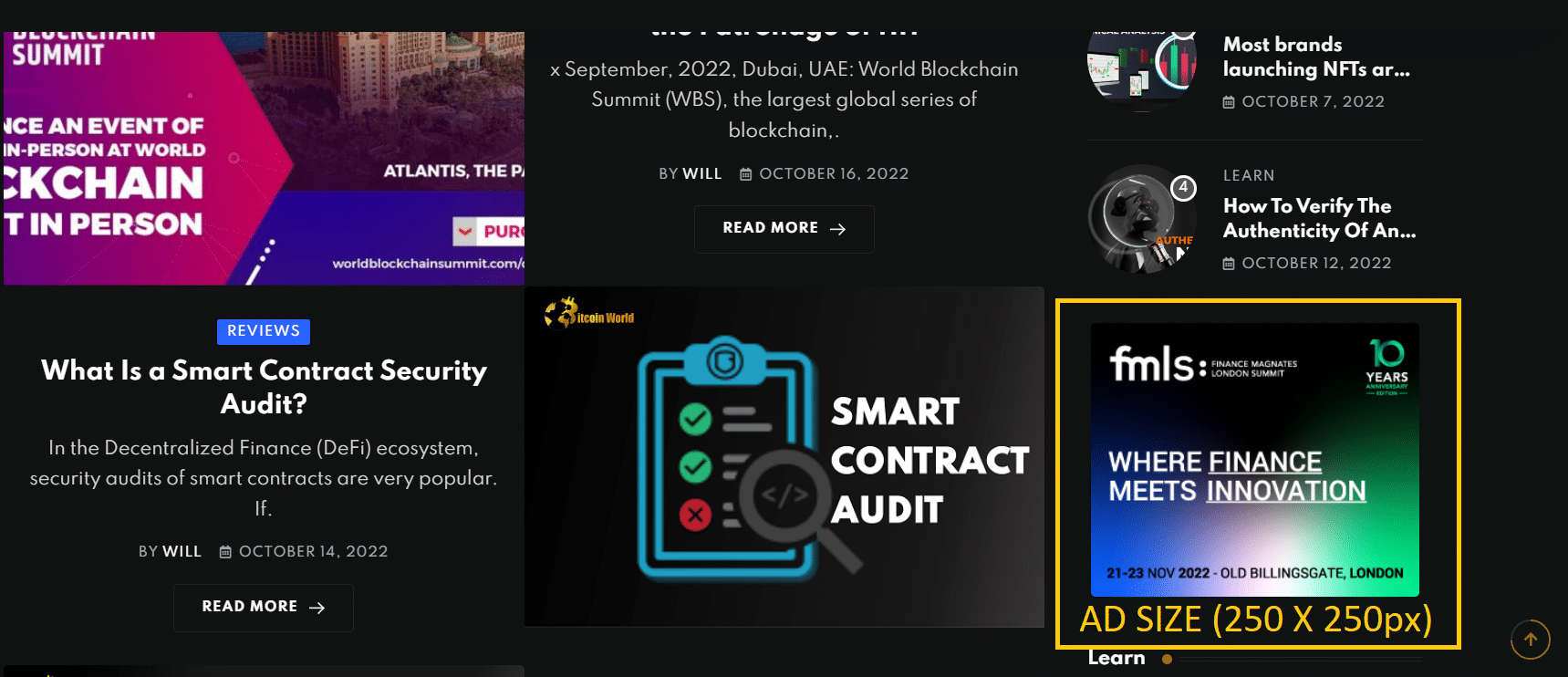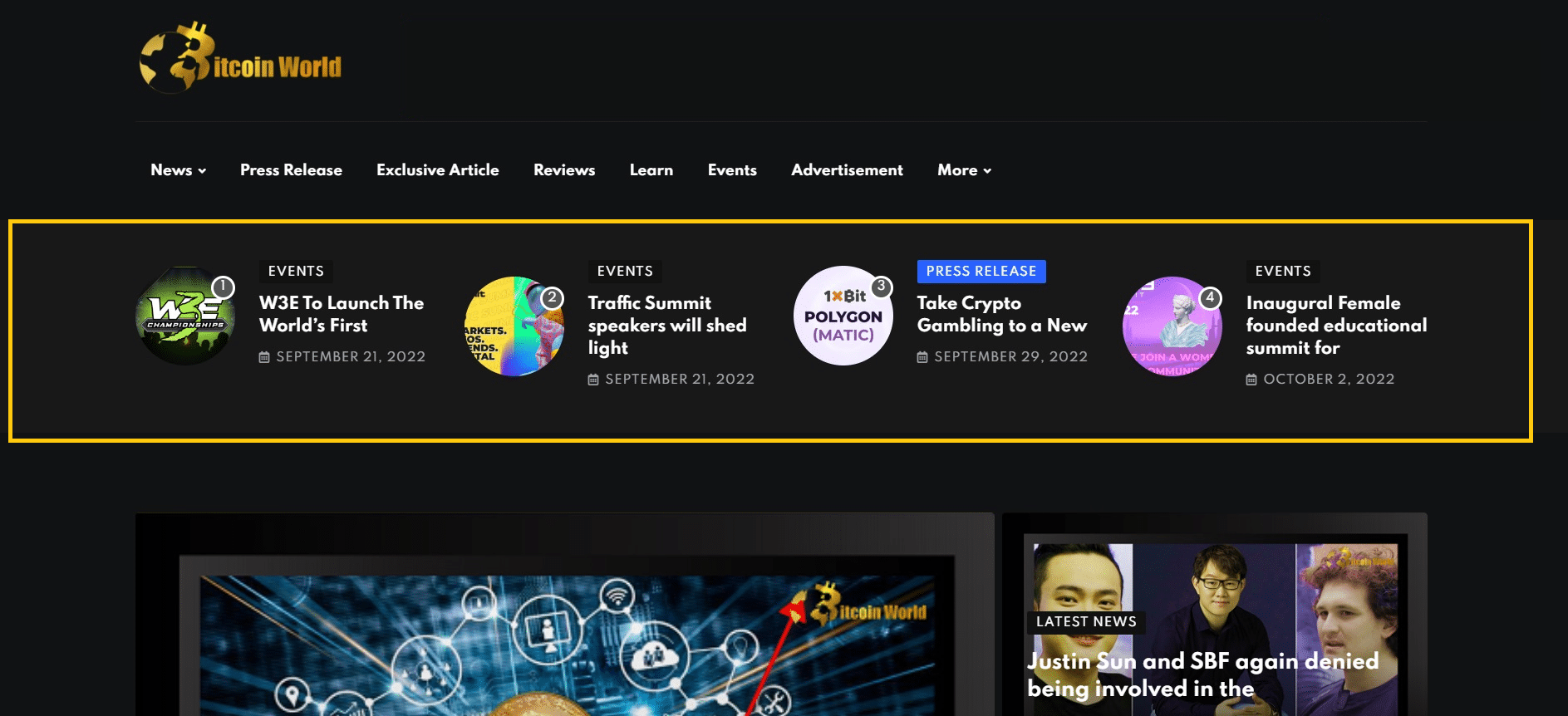Welcome to Finance Redefined, your weekly dose of key decentralized finance (DeFi) insights – a newsletter designed to bring you noteworthy developments from the previous week. A total of 27 Ethereum projects collaborated to reduce user costs in the form of maximum extractable value. (MEV). Balancer, Gnosis DAO, Shapeshift, and StakeDAO are among the launch partners.
Rugpulls are nothing new in the DeFi ecosystem, but in the first quarter of 2023, Binance’s BNB Chain accounted for 73.3% of all rug pulls. According to a new assessment from the US Department of Treasury, the DeFi ecosystem is becoming increasingly popular with North Korean hackers for money laundering. Following the uproar over its first attempt, the Arbitrum Foundation has offered several additional governance recommendations. The two new plans were then submitted to a vote in the community.
Regarding price activity, the top 100 DeFi tokens by market value had another mixed week, with little change in the total value locked in DeFi protocols. Over 27 important Ethereum projects collaborated to establish MEV Blocker, a solution aimed at addressing and minimizing the amount of value taken from their users, also known as the maximum extractable value, Ethereum’s invisible tax.
MEV is a transaction fee levied against DeFi customers. MEV bots have the ability to hijack transactions in the middle of them, such as Ether $1,869 swaps, nonfungible token (NFT) purchases, and Ethereum Name Service registrations, increasing prices for users.
According to an April 4 analysis from blockchain security startup Immunefi, BNB Chain was the king of rug pulls in the first quarter of 2023, with nearly 73.3% of such scams in the whole crypto ecosystem occurring on the network.
The analysis, titled “Crypto Losses in Q1 2023,” looked at a number of crypto thefts and scams that occurred in the first quarter of the year. It discovered that Ethereum and BNB Chain were the two most popular targets for hackers and fraudsters, accounting for 68.8% of all losses on both networks combined. BNB Chain, in instance, accounted for 41.3% of overall hacking and fraud losses.
A recent Treasury Department research on decentralized finance determined that actors from the Democratic People’s Republic of Korea and other fraudsters might exploit weaknesses to assist in money laundering.
The US Treasury stated in its April 6 report, “Illicit Finance Risk Assessment of Decentralized Finance,” that many groups engaged in illicit activity from North Korea benefited from some DeFi platforms’ non-compliance with certain Anti-Money Laundering (AML) and Countering the Financing of Terrorism (CFT) regulations. According to the research, inadequate AML/CFT controls and other flaws in DeFi services “enable fund theft.”





